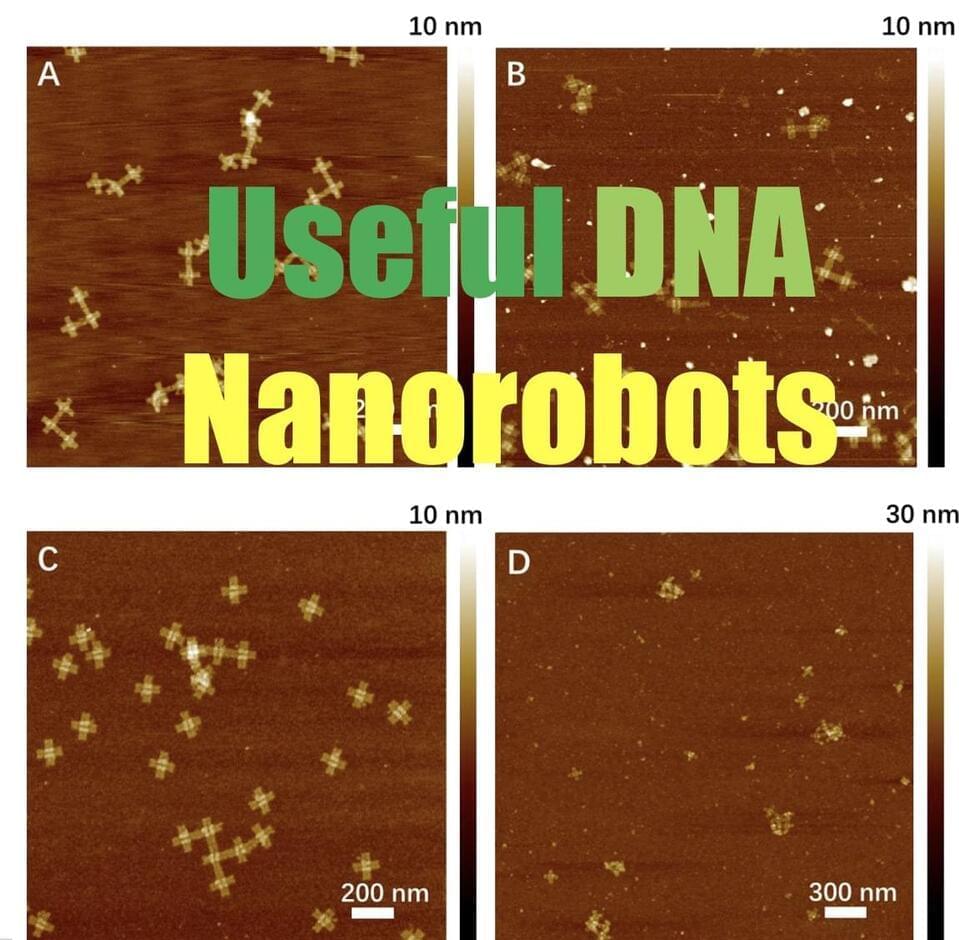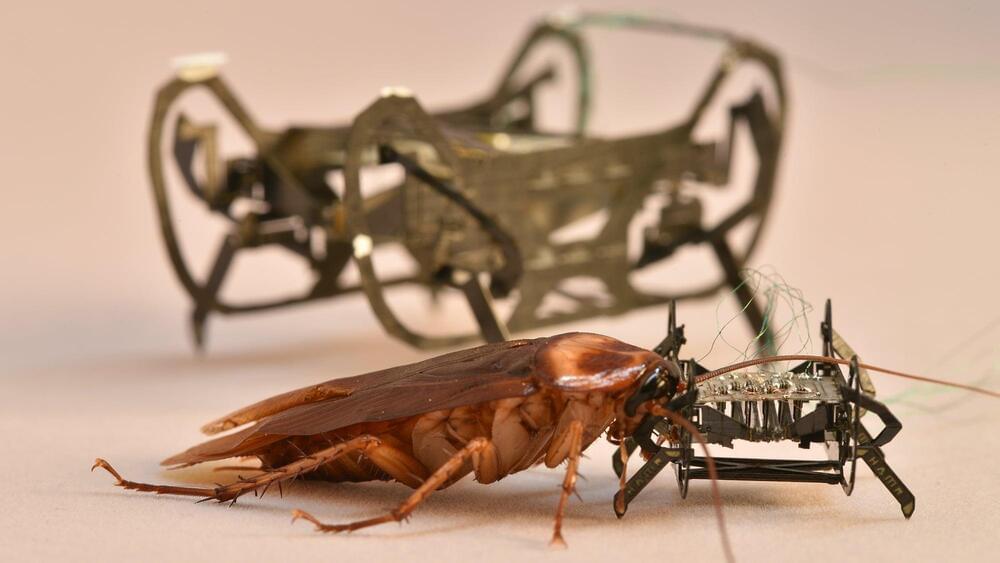Xaira has recruited a group of researchers who developed the leading models for protein and antibody design while in Baker’s lab. The company aims advance these models and develop new methods that can “connect the world of biological targets and engineered molecules to the human experience of disease.”
“Driven by growing data sets and new methods, there has been accelerating progress in artificial intelligence and its applications to medicine, biology and chemistry, including seminal work from David Baker’s lab at the Institute for Protein Design,” said Foresight’s Dr Vikram Bajaj. “In starting Xaira, we have brought together incredible multidisciplinary talent and capabilities at the right time to reimagine our entire approach, from drug discovery to clinical development.”
Boasting proficiency in handling vast and multidimensional datasets, Xaira claims it will enable comprehensive characterization of disease biology at various levels, from molecular to clinical. Drawing from Illumina’s functional genomics R&D effort and integrating a key proteomics group from Interline Therapeutics, the company aims to gain new insights into disease mechanisms.






